At DryCore, we pride ourselves on our expertise and commitment to delivering exceptional damp proofing services in Shilbottle. With years of experience in the industry, we have honed our skills to tackle even the most challenging damp issues. Our goal is not just to treat the symptoms of dampness but to address the underlying causes, ensuring that your property remains dry and protected for years to come.
We understand that each property is unique, and that's why we offer tailored damp proofing solutions in Shilbottle to suit your specific needs. Our highly skilled damp proofing specialists will conduct a thorough assessment of your property, identifying the source and developing a comprehensive plan to combat it.
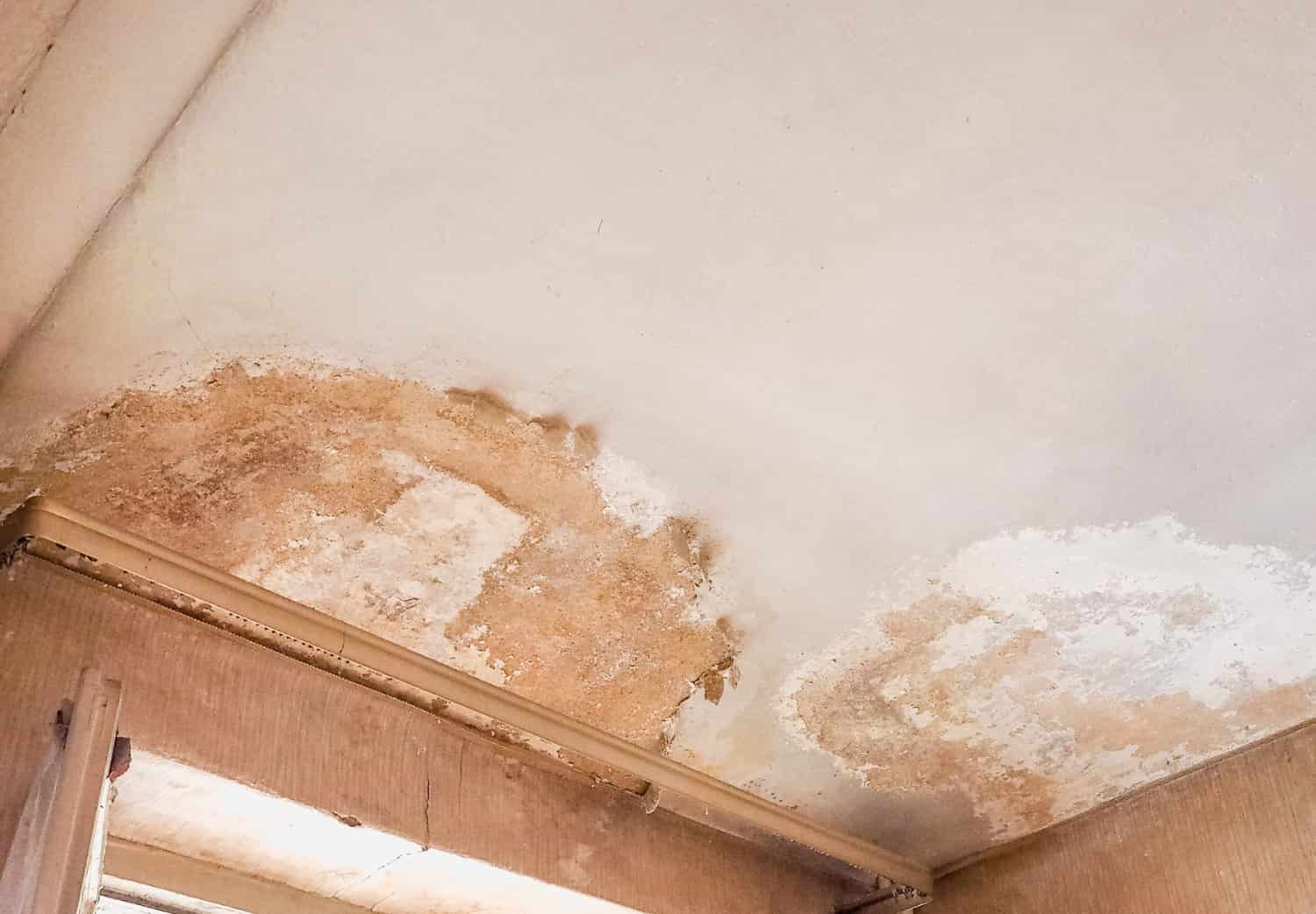
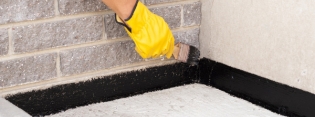
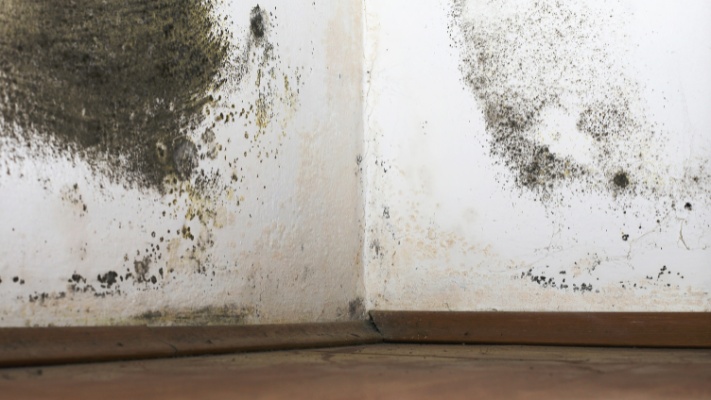
Damp proofing is a vital process that protects properties in Shilbottle from excess moisture and its damaging effects. It involves creating barriers and implementing various techniques to prevent water from entering the building's structure.
By addressing these issues, you create a healthier living environment, prevent mould growth, and preserve the building's integrity. At DryCore, we offer personalised solutions tailored to each property's needs, ensuring effective and long-lasting support.
Full details here> What is damp proofing?
Recognising signs of dampness is essential for early detection and addressing the issue. Look out for musty odours, nasty smells, a loss of colour on a building wall or ceilings, peeling paint, black mould or mildew growth, damp patches, crumbling materials, and excessive condensation, on any floor level.
These signs indicate the presence of excess moisture and potential damp problems.
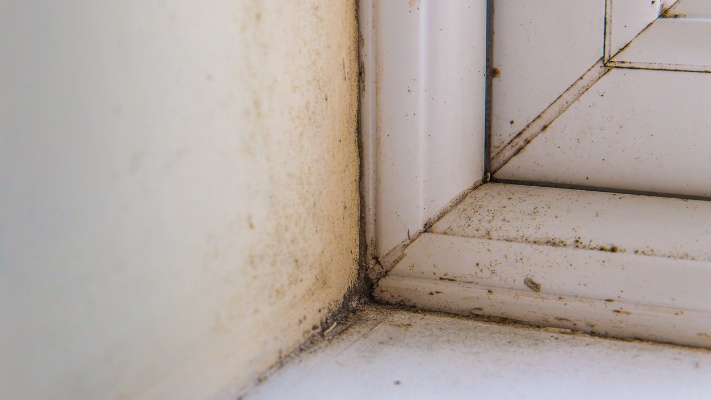
Damp walls can be caused by various factors, and understanding the underlying causes is crucial for effective clamminess prevention. Here are some different types of dampness, and some common causes:
Rising Damp
Rising damp occurs when groundwater infiltrates the walls from the ground level or foundation, through capillary action. It happens when there is a lack of or a compromised damp-proof course (DPC), which prevents moisture from rising up.
Penetrating Damp
Penetrating damp is caused by water infiltrating through external walls due to issues such as leaks, faulty guttering, damaged brickwork, or cracks in a wall. Heavy rain, inadequate external coatings, or poorly maintained masonry can contribute to this problem.
Condensation
Condensation is a common problem in many homes. It happens when warm, moist air comes into contact with cold surfaces, such as affected walls or windows.
Poor ventilation, inadequate insulation, and activities that generate moisture (cooking, bathing) can lead to excessive condensation, dry rot and subsequent damp walls.
Leaking Pipes or Plumbing Issues
The unlikely event of faulty plumbing or leaking pipes within a wall can result in clamminess. If there are hidden leaks or water pipe problems behind a wall or damaged plaster, you might find moisture seeping down pipes into the surrounding areas.
Structural Defects
Structural defects, such as rot, cracks, damaged mortar joints, or gaps in the brickwork, can allow water to penetrate internal walls. These defects can be caused by building settlement, subsidence, or inadequate construction.
External Factors
External factors like heavy rain, flooding, or high groundwater levels can contribute to wetness in walls. If the external drainage system is not properly designed or maintained, excess water can accumulate around the foundations and seep into the walls.
Poor Ventilation
Insufficient airflow and ventilation in rooms can lead to wetness, on a wall, on plaster or in basements. Without proper ventilation, moisture cannot escape, and it can accumulate on walls, resulting in damp conditions.
Trusted experts in damp proofing with a commitment to quality and customer satisfaction. Choose us today!



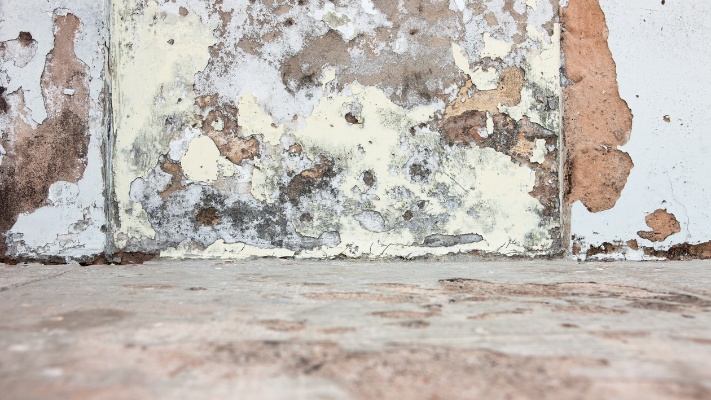
At DryCore, we offer a comprehensive range of damp proofing treatments and services in Shilbottle to address various damp issues and ensure long-term protection for your property. Our services include:
Our experienced damp proofing treatment specialists conduct a thorough damp proofing survey to assess the extent and causes of water in your property. Through detailed inspections and moisture measurements, we identify the specific type of damp and its underlying causes, allowing us to recommend the most effective solutions.
As experienced surveyors, we review your whole house, including interior spaces, basement underground space, ground level and all upper floors. If there are property problems, we will advise you, and we offer this damp treatment for domestic and commercial properties.
A damp proof course is a barrier designed to prevent rising damp. If your property lacks a functioning or adequate DPC, our experts can install or repair it. We use high-quality materials and techniques to create a robust barrier that prevents moisture from rising up through the ground floor.
Full details here> What is a damp proof course?
Types of DPC include:
Damp proofing cream is a popular and effective solution for treating rising damp. We apply specially formulated creams or gels into the walls, which then permeate the masonry and create a barrier. This cream provides long-lasting service against rising damp and helps maintain a dry environment.
Damp proofing membranes are used to create a physical blockage against damp penetration. We install damp proofing membranes on walls, floors, or within the construction elements to prevent moisture from affecting the internal areas of the property.
The damp proof membrane redirects water away from vulnerable areas, providing an additional layer of care.
More details here>
How to install a damp proof membrane on concrete floors?
Internal waterproofing involves the application of waterproof coatings or systems to protect the interior surfaces from water ingress.
As damp proofing specialists, we offer various internal waterproofing solutions, such as tanking systems, waterproof renders, and coatings, to prevent a damp wall and water damage in internal surfaces, skirting boards, basement waterproofing, cellars, or other below-ground areas without causing damage with our treatments.
We understand that dampness prevention is an ongoing process. That's why we offer services for ongoing control and maintenance of damp. Our fully trained team can provide regular inspections, maintenance, and monitoring to ensure that your property remains damp-free in the long term, even including a treatment plan, if required at no extra cost.
We also offer expert advice on moisture control, damp proof membrane installation work, ventilation improvements, and other damp treatments to prevent a damp issue from recurring.
More details here>
How long does a damp proof course last?
More details here>
How long does damp proofing last?
While it is possible to attempt this work on your own, it is generally recommended to enlist the services of a damp treatment specialist to manage damp problems and to prevent moisture rising. It requires more work than opening windows to repair a wet wall, soggy plaster or damp ground.
We have extensive experience in identifying the underlying causes of dampness, determining the most suitable damp proofing solutions, and implementing them correctly on exterior and internal walls.
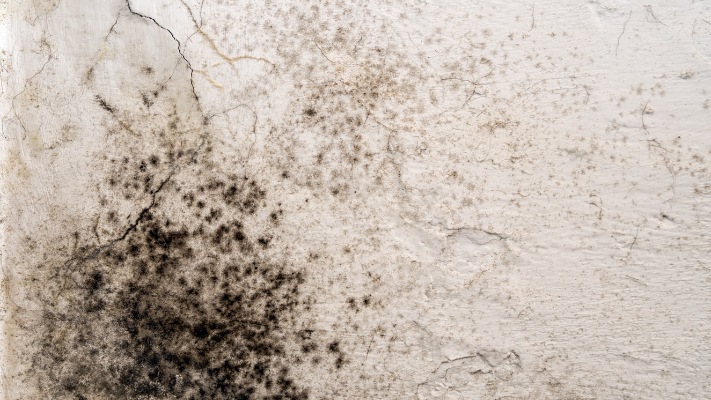
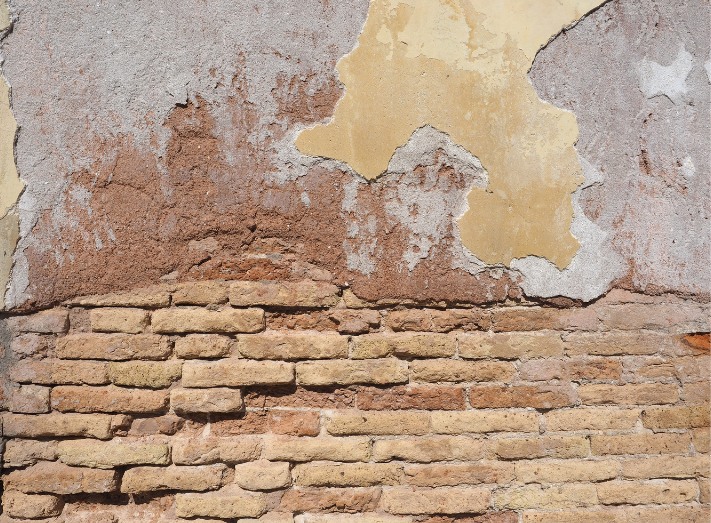
Checkatrade provide the following average costs for damp proofing work:
This is a good guideline for damp proofing cost in Shilbottle, but for an accurate assessment of your property and situation, contact DryCore, and we’ll arrange a visit and quote for you. Depending on the issue, it might be an expensive treatment, but we vow to offer fantastic value for money with all work.
Full cost details here>
How much does damp proofing cost?
DPC cost details here>
How much is a damp proof course?
Moreover, professional services provide several advantages:
Accurate Diagnosis
Damp specialists can accurately diagnose the type and extent of moisture affecting your property. They can identify any underlying issues contributing to the damp problem, ensuring that the appropriate damp proofing measures are implemented.
Tailored Solutions
We consider factors such as the type of damp, building materials, and environmental conditions to provide effective and targeted damp treatment services.
Quality Materials and Techniques
Professional damp treatment specialists have access to high-quality materials and industry-leading techniques that are not readily available to the general public. This ensures that the wetness proofing measures implemented are of the highest standard and provide optimal protection against moisture.
Guarantees and Warranties
Reputable damp specialists often offer guarantees or warranties on their work, providing you with peace of mind and assurance that the treatment will be effective and durable.
By entrusting the task to a professional damp treatment specialist, you can ensure that your property receives the highest level of care against moisture. Contact DryCore to effectively damp proof your property.
The formation of damp or wet patches on walls, floors, or ceilings, the existence of a musty odour, flaking paint or wallpaper, salt stains, and the abrupt emergence of black mould are all indications that damp proofing may be necessary. More serious problems like rotting skirting boards or structural wood may occasionally be a symptom of a serious damp issue.
Both techniques attempt to avoid moisture damage, although they accomplish significantly different goals. Using a damp-proof course or membrane, damp proofing is used to stop moisture or water vapour from entering walls or floors from the ground. Rising damp is typically treated using this technique. Contrarily, waterproofing offers a more thorough level of defence against both water vapour and liquid water, making it perfect for spaces like basements or cellars that are likely to be subjected to high amounts of moisture.
Generally speaking, it's advised to hold off on decorating for at least a month following damp proofing. The plaster can totally dry during this time. The precise amount of time will depend on the type of treatment utilised and the amount of moisture the wall had before treatment. To determine the optimal waiting period in your particular situation, it is essential to speak with the business that performed the damp proofing work.
Since damp proof courses have long been necessary in UK dwellings, if your house was constructed after the 1870s, it probably has one. A damp proof course is typically visible as a thin, horizontal layer in brickwork that is 15 cm above ground. It might be constructed from a variety of materials, including plastic, bitumen, and slate. However, plaster or render are frequently used to conceal it. If you're unsure or unable to see it, a surveyor can inspect your walls with a moisture metre for dampness to determine whether a damp proof course is present and working properly.